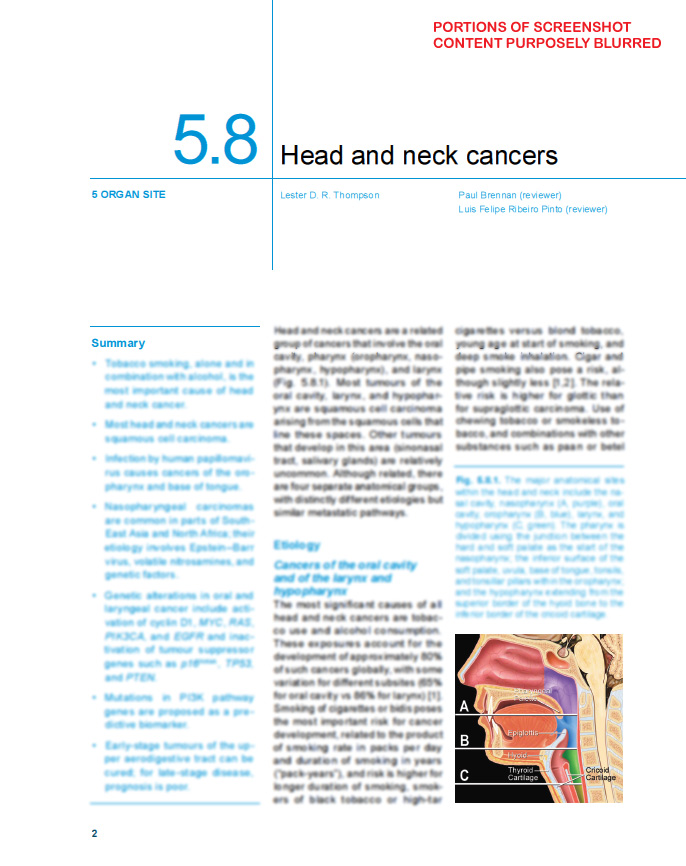Head Neck Pathol. 2024 Mar 19;18(1):22. doi: 10.1007/s12105-024-01617-6.
BACKGROUND: Scientific publication is the cornerstone to academic and private practice advancement in patient management and outcomes. Writing a manuscript requires a certain discipline and skill set that can be achieved with diligence and hard work.
METHODS: Anecdotal and review.
RESULTS: Several factors must be considered in scientific writing and journal manuscript submission and acceptance. Choosing where to submit the manuscript; understanding the instructions to authors; disclosing ethically; formatting correctly; never plagiarizing; supplying high quality appropriate images; creating meaningful tables; curating a pertinent but thorough bibliography; having valid, supported conclusions; and respecting timelines.
CONCLUSIONS: A discussion of relevant components in manuscript writing and journal submission to improve your chances of acceptance.
PubMed ID: 38503984
Article Size: 2.3 MB


 Subscribe
Subscribe




